Executive Summary
Improving vehicle fuel economy is a big topic of discussion, but some ideas pose many challenges. TLT readers believe reducing viscosity could cause wear problems and performance issues. “A big concern of mine when reducing engine oil viscosity would be the possible lack of metal-to-metal contact protection,” said one. When asked what areas OEMs should focus on for improving fuel economies in their vehicles, readers said aerodynamics, autonomous driving and lowering the weight of engine components. Although many survey respondents would like to see more electric vehicles and hybrid cars, most agreed they’d still buy internal combustion engine vehicles today.
Q.1 One approach to improving vehicle fuel economy is reducing engine and driveline lubricant viscosities. What are the biggest challenges you foresee in achieving these viscosity reductions?
Maintaining engine wear protection at the same time.
Durability.
Overall stability and long-term issues with leaking seals/gaskets.
Limitations to technology in base oils and additives.
Maintaining antiwear protection.
If you reduce the viscosity, will you also reduce performance and durability of that lubricant to the surface its designed to protect?
Maintaining volatility targets, meeting drain interval and exhaust system cleanliness.
Maintaining sufficient antiwear protection.
Providing adequate wear protection.
One challenge is hard-to-find high viscosity index fluid with low viscosity base oil, especially with mineral base oil. The second is the settlement of antifoam agent in ultra-low viscosity transmission oils.
This trend is putting more pressure on additives to provide more support for HTHS properties to compensate for reduced boundary protection from higher viscosity fluids. With this change, more precise blending practices will be needed to assure the exact mix of additives with the base oils used.
Camshaft and valve train wear.
Wear control and education of consumers to keep using lower viscosity lubricants.
The lighter the viscosity of the fluids, the less inherent protection you achieve from the viscosity. A more robust additive package will be necessary to form a sacrificial/protective layer that stays on the surface as the lubricant flows more easily out of the contact zone. I do foresee a challenge in which a higher and necessary additive concentration in the lubricant creates a cost for the lubricant that is no longer advantageous to the market. There also is a limit to how low you can go in viscosity.
Maintaining sufficient wear protection and limiting base oil volatility.

As a brilliant source for technical advances, our engineers and scientists have never seen a lubrication challenge that they are not willing to tackle. Allocating their time and resources to the areas promising the greatest ROI is the real challenge. Governmental regulations promoting a political agenda will continue to be frustrating.
A major challenge is the elimination of options for effective additives with higher viscosities, particularly as the performance demands increase.
A big concern of mine when reducing engine oil viscosity would be the possible lack of metal-to-metal contact protection.
Friction and wear.
Wear with time. Designs will have to be adjusted to accommodate lower viscosity lubricants.
Keeping proper oil pressure and appropriate levels of wear performance, especially in light of lower phosphorus/zinc limits being proposed.
Volatility. Even with the best synthetic esters, it is difficult to have sufficiently low viscosity with sufficiently low volatility.
Protecting the critical components during higher loads and temperatures. Also sheer stability.
Reduction in lubricant viscosities has to be hand-in-hand with corresponding hardware changes to accommodate the thinner fluids.
Final product stability.
No increase in wear.
Maintaining acceptable wear protection, acceptable oil volatility, additive solubility. How much lower can viscosity go?
Boundary layer lubricant film, particularly at high temperatures in turbocharged applications. Vehicle longevity also might become a concern (might make it past warranty but not much longer).
Increased wear would seem to be the biggest challenge. Reduced film strength and thickness due to lower viscosity would likely result in increased wear on critical components unless the additive package is enhanced in some way to compensate.
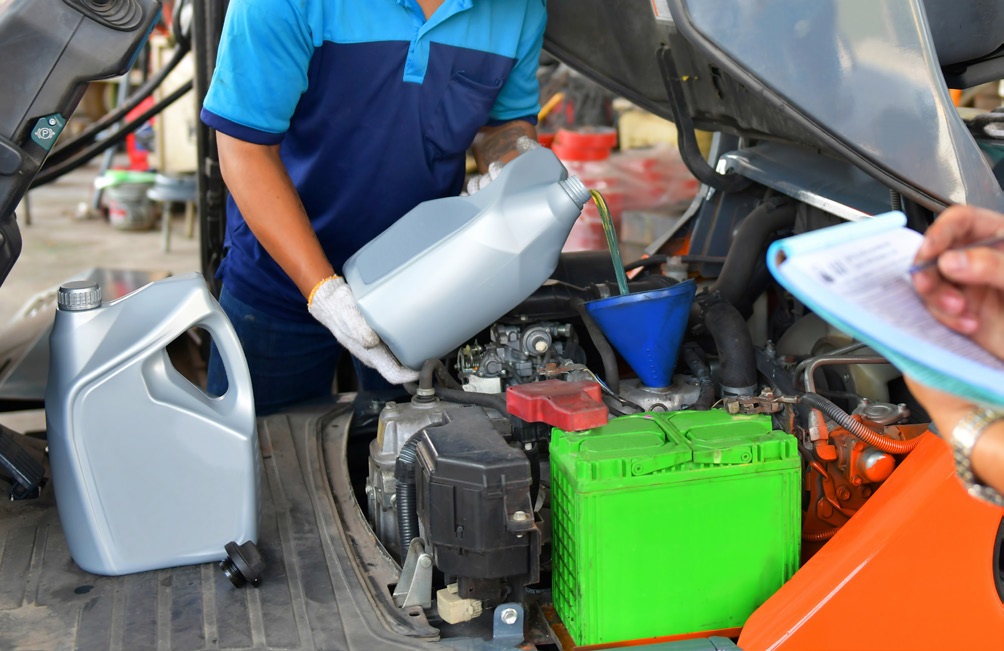
Would require greater proportion or new type of viscosity index improvers to counter the additional viscosity loss due to higher operating temperatures. Also would require more R&D in formulation and tribotesting.
Aeration (I believe the industry has been handling the wear concerns well).
Price and availability of base oils for lower viscosities.
Users adopting the new standards.
Maintaining durability and minimizing volatility. For motorcycles, the durability aspect is even more important given that most motorcycles still have a common sump for the engine, clutch and transmission, leaving the gears susceptible to damage from thinner oil films.
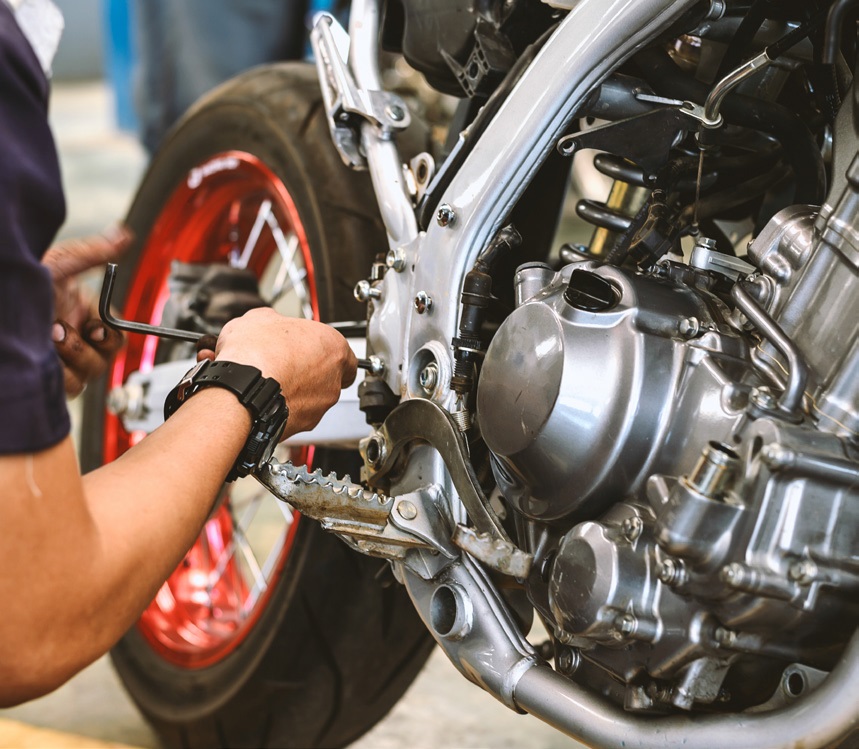
Engine wear and durability.
The demand on suitable additives that not only have to perform better, but also have to be environmentally compatible and need to be produced in a sustainable manner from sustainable feedstock.
I think strength film formation and oxidation stability are important.
Maintaining adequate lubrication and limiting oil evaporation.
Improving the film strength of lower viscosity lubricants so that they are equal to the lubricants they replaced.
Selection of the right viscosity to meet engine types. Meeting the wear and tear criteria. Early damage to new engines.
Biggest challenge will be the need for a higher viscosity index.
Durability of engine components keeping the wear and tear at very minimum levels.
The base stock viscosity/volatility profile.
Demonstrating that these oils still maintain sufficient durability. Fuel economy tests are generally run under relatively low-load condition where lower viscosity oils will give fuel economy benefits, but many OEMs also have durability tests that the oils also need to pass (and these are generally run under much higher loads).
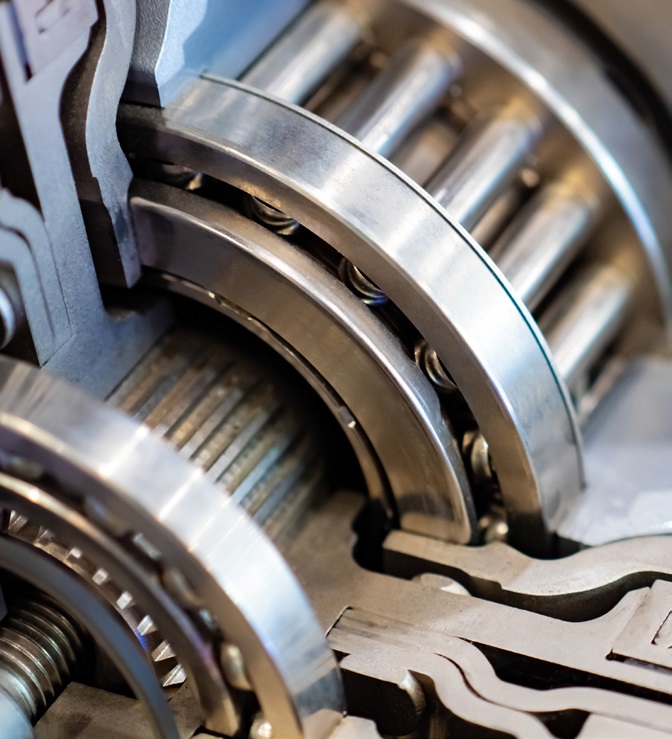
Maintaining lubrication performance.
Providing a lower viscosity synthetic oil that also will be affordable to the general public as well as be able to withstand the period of use expected by the owner.
Q.2 What areas and approaches would you like to see OEMs take in their ongoing quest to improve the fuel economies of their vehicles?
Price and availability of base oils for lower viscosities.
Users adopting the new standards.
Maintaining durability and minimizing volatility. For motorcycles, the durability aspect is even more important given that most motorcycles still have a common sump for the engine, clutch and transmission, leaving the gears susceptible to damage from thinner oil films.
Engine wear and durability.
The demand on suitable additives that not only have to perform better, but also have to be environmentally compatible and need to be produced in a sustainable manner from sustainable feedstock.
I think strength film formation and oxidation stability are important.
Maintaining adequate lubrication and limiting oil evaporation.
Improving the film strength of lower viscosity lubricants so that they are equal to the lubricants they replaced.
Selection of the right viscosity to meet engine types. Meeting the wear and tear criteria. Early damage to new engines.
Biggest challenge will be the need for a higher viscosity index.
Durability of engine components keeping the wear and tear at very minimum levels.
The base stock viscosity/volatility profile.
Demonstrating that these oils still maintain sufficient durability. Fuel economy tests are generally run under relatively low-load condition where lower viscosity oils will give fuel economy benefits, but many OEMs also have durability tests that the oils also need to pass (and these are generally run under much higher loads).
Maintaining lubrication performance.
Providing a lower viscosity synthetic oil that also will be affordable to the general public as well as be able to withstand the period of use expected by the owner.
Use of composite materials wherever possible.
Still think high performance hybrids offer an economical balance to performance and vehicle range.
Transmission oils apart from engine oils. Also on vehicle aerodynamics, weight reduction.
Reduced friction. I believe many people would trade off longer oil change intervals for boundary lubrication and friction protection. Oil is generally either changed well before it’s actual useful life or well after. I’m not saying reduced oil life will permit the inclusion of novel friction additives, but if this is something that hinders formulators from further reducing friction, then fear not and reward individuals and companies that change their oil before it actually begins to break down.
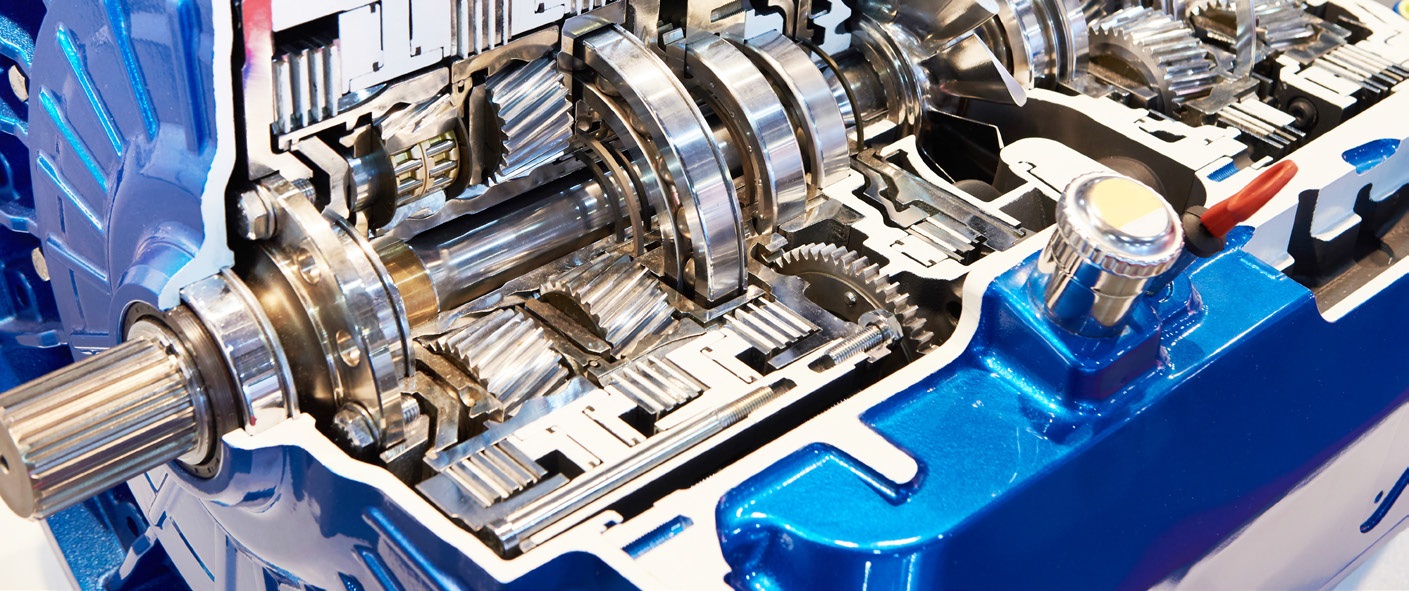
I think for present technology, OEMs have achieved excellent fuel economy. If they continue with pursuing lower viscosity, the engine life is going to be greatly reduced. I already see big engine problems in two or three years with the implementation of engine shutoffs when idling.
Aerodynamics.
It would be helpful if they were more open to explore expanded sump sizes and circulating systems in their vehicles to best accommodate these newer fluids.
Tire design, aerodynamics, overall weight, accessory electric drive.
Cars are now quite good; the issues are with trucks and SUVs. Raise gas prices considerably.
The next step in fuel economy is autonomous driving, alternative fuels and electrification. It will be a very slow adoption of electric vehicles as ICE technology is still very much the leader and will take over a decade to be obsolete. I would like to see OEMs focus more on fuel economies on commercial vehicles: buses, 18 wheelers, garbage trucks, municipal vehicles and new technology that enables cleaner long haul of materials. The rejection/slow uptake of FA-4 is proof that we need better heavy engine fuel economy technology.
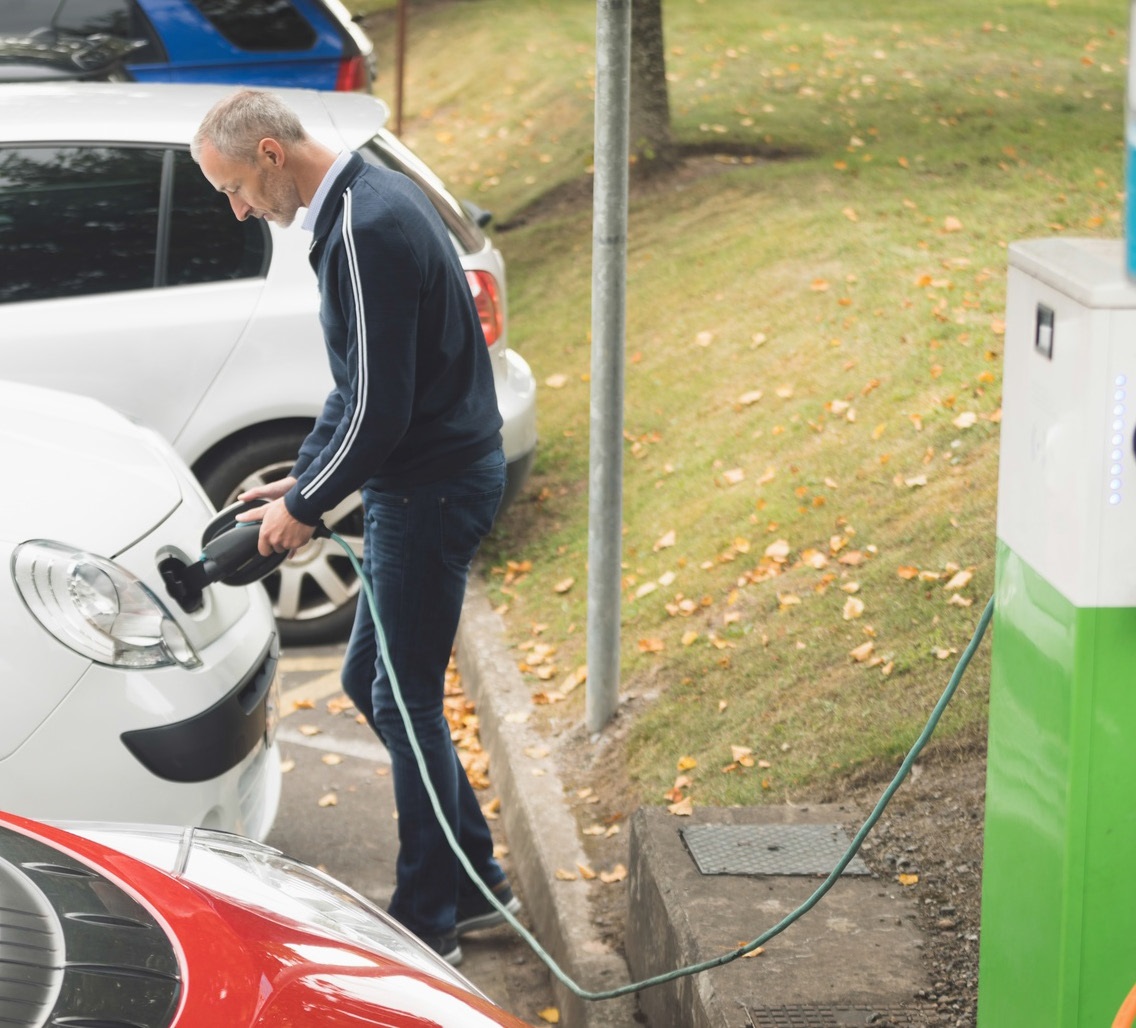
Electrification, electrification, electrification!
Start-stop operating conditions and the need for sudden accelerations largely condition future fuel-saving activities.
I think it makes no sense to fight for a total reduction in the amount of fuel but rather for its efficient use—that is, to buy as much as possible from the dollar held. First of all, you still need to minimize traffic resistance and the occurrence of incomplete combustion.
Extending the charging range of electric vehicles to 300-400 miles.
Develop engines and transmissions that might cost more to make but deliver better fuel economy.
I believe OEMs could increase fuel economies by utilizing different aerodynamic coatings and configurations in their vehicle production along with better tire/road interface zones. They should investigate any area where efficiency could be a factor.
Work more with the lubricant supplier. Lubrication is often not taken seriously enough by OEMs.
In the development of new materials for internal engine components, transmission, differentials and bearings.
If you were to buy a new car tomorrow, which would you be most inclined to purchase?
Internal combustion engine vehicle
55%
Hybrid (electric and gas)
35%
All electric
10%
Based on responses sent to 15,000 TLT readers.
Use of lighter-weight materials such as aluminum and expanded use of direct injection engines. Hybrids and electric vehicles are still very slow to penetrate the market due to limited range and limited availability of charging stations.
Smart traffic management. The OEMs should develop a cooperative system that allows cars from all manufacturers to communicate with each other to optimize the flow of traffic. I believe we will eventually have a transportation system that encourages maximum efficiency of existing infrastructure and controls the lane patterns, speed limits, traffic lights and timing of maintenance crews to respond in real-time to roadway conditions, including weather, vehicle density, etc.
Work with the lubricant and additive suppliers to optimize the fluid with the hardware.
I prefer variable cylinder management over stop-start systems in terms of how the vehicles feel when driving. I’d also like to see range extended or charge times reduced for all-electric vehicles.
OEMs are taking different approaches to improve fuel economy. I personally like hybridization because it is relatively simple to apply, does not increase vehicle cost significantly and can provide decent fuel economy improvement. Other OEMs are designing vehicles to run on lower viscosity fluids, which also is a decent approach, but it encounters the challenges listed above. Downsizing and boosting helps but only to a certain extent. Ultimately, I believe battery electric or fuel-cell vehicles will provide the best efficiency from a “well-to-wheels” carbon footprint standpoint, but these vehicle technologies still have a number of their own challenges to address—not to mention the need to significantly increase renewable energy generation.
Less wind drag in design.
Energy conservation and turning heat into usable energy.
I think more implementation of conventional hybrid and plug-in hybrid technology is where much of the gains must come from. A renewed focus on plug-in hybrids is warranted, as they provide a best-of-both worlds approach for consumers who are looking to maximize efficiency but have range anxiety. Unfortunately, their early roll out has been poorly managed as we have seen multiple occasions of novel powertrains being put in otherwise undesirable cars and then failing to sell.
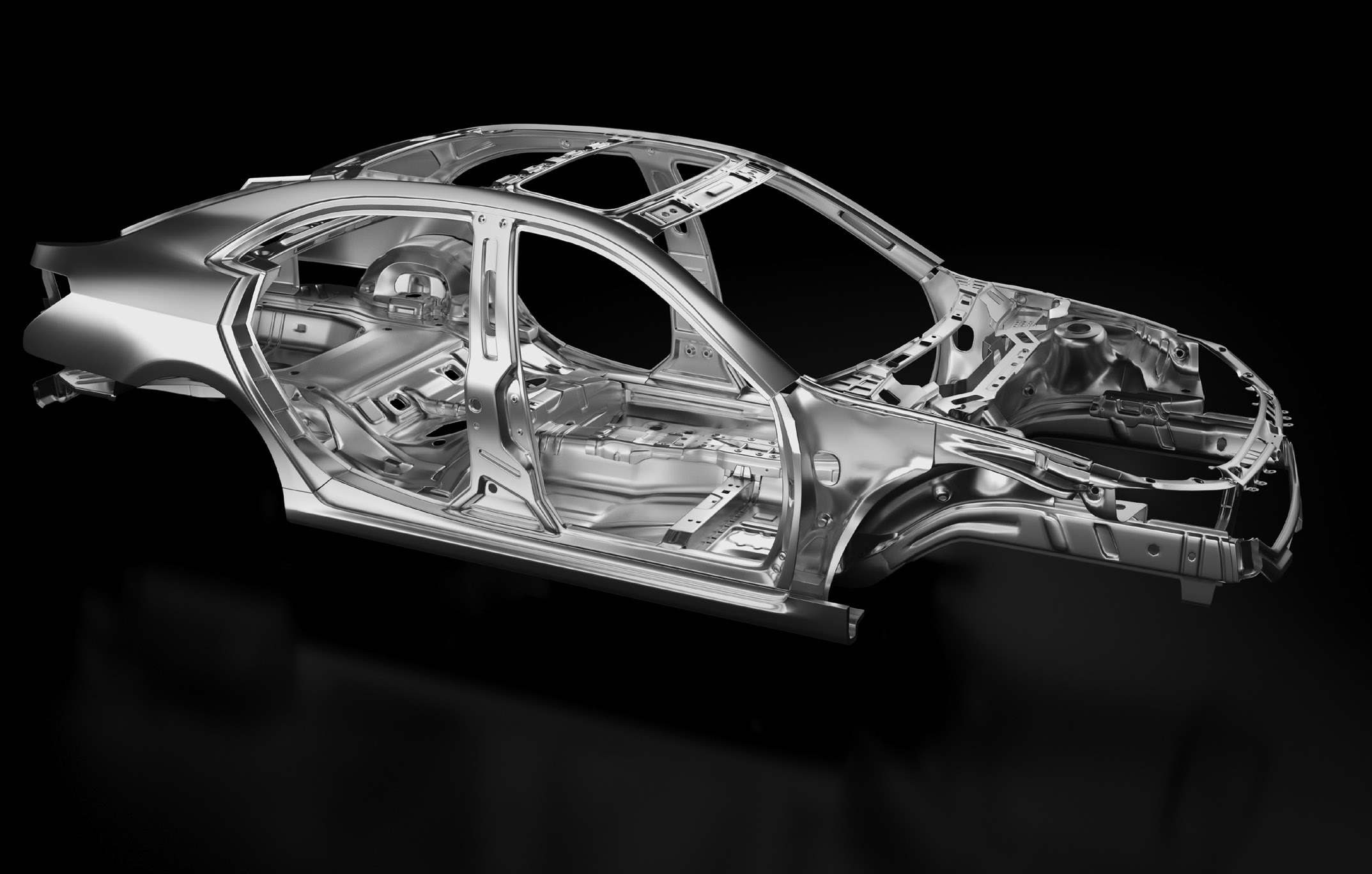
Lower weight of engine components.
Improve efficiency of the entire vehicle.
The single greatest change would be owner aspirations and perspective. Most consumer ads are targeted toward rapid acceleration, “greatest torque in its class” for larger load-carrying capability and driving in rough terrain. These are not the driving habits of most drivers, and making consumers think they need to go that fast or do these things is not solving the carbon footprint issue and reducing greenhouse gases. Lighter composite panels (which also might be dent resistant) is one idea. High-performance steel alloys for frames. Lighter glass windshields. Smaller fuel tanks.
The use of stronger, lighter materials.
We know that smaller, higher efficiency engines are offering much better fuel economy and performance. 2L or L4 turbocharged, direct injection, gasoline engines develop power and torque similar to much larger engines. Fuel economy and emissions are better for these engines, so my guess is that more sophisticated computer-controlled combustion in smaller engines is the direction for the immediate future (the next 10 years).
Dry sump lubrication, base oil alternatives.
Be more cooperative with technology exchange—there are some very lean engines out there that perform very well. Share the technology for the benefit of the people who made your business and supported you—your customers!
Lower viscosity oils or different synthetic materials.
Fuel economy is not as important when petroleum prices are low. Sustainability and zero emissions seem to be more appealing. OEMs should focus on electric vehicles and hydrogen engines.
R&D and education.
Time for the step-out solutions to become reality (e.g., Shell concept car in mass production, using recycled materials, power-cell car), cars powered by liquid fuels made from renewable energy, renewable energy liquid fuel pumps in petrol stations.
Joint design of hardware and lubricant might highlight larger benefits than separate development of each in isolation.
Capture of braking energy for recycle.
Consider wider range of ingredients to use in lubricant.